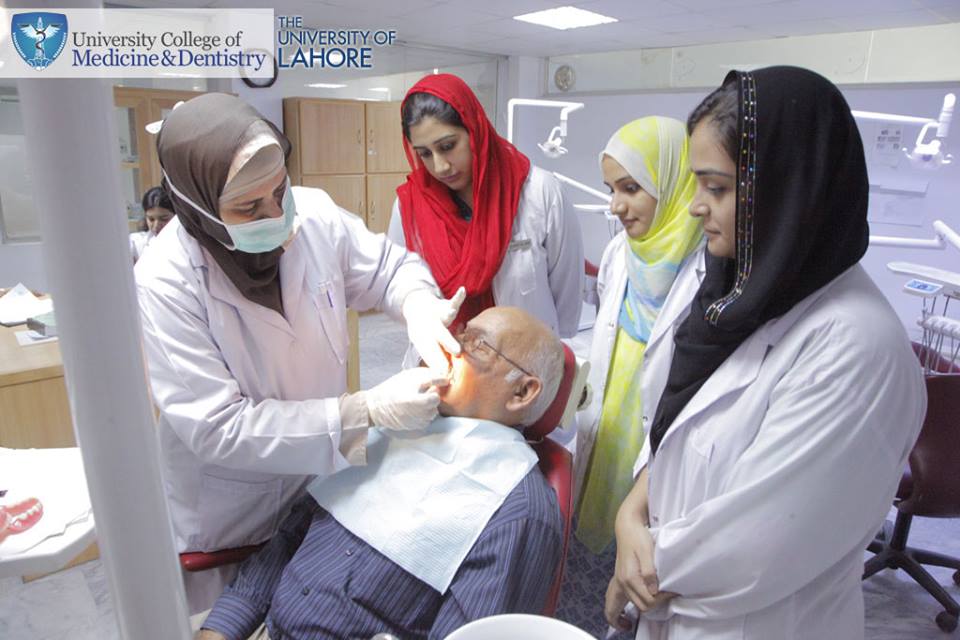How are cathode rays produced? What are its major characteristics?
Answer: In 1985, Sir William Crooks performed experiments by passing electric current through gases in a discharge tube at very low pressure

Experiment:
He took a glass tube in which two metallic electrodes were fitted. The tube was connected with high voltage battery. The pressure inside tube was 10-2 ATM. When high voltage current was passed through the gas, shiny rays were produced and these rays were emitted from cathode towards anode. These rays were named “cathode rays” because they were originated from cathode. Characteristics:
- These rays travel in straight line perpendicular to cathode surface.
- They can cast a sharp shadow of an opaque object if placed in their path.
- They are deflected towards positive plate in an electric field shoeing that they are negatively charged.
- They raise temperature of the body on which they fall.
- J.J Thomson discovered their charge/mass (e/m) ratio.
- Light is produced when rays hit the wall of discharge tube.
- It was found that the same type of rays were emitted no matter which gas and which cathode was used in the tube




Comments are closed.